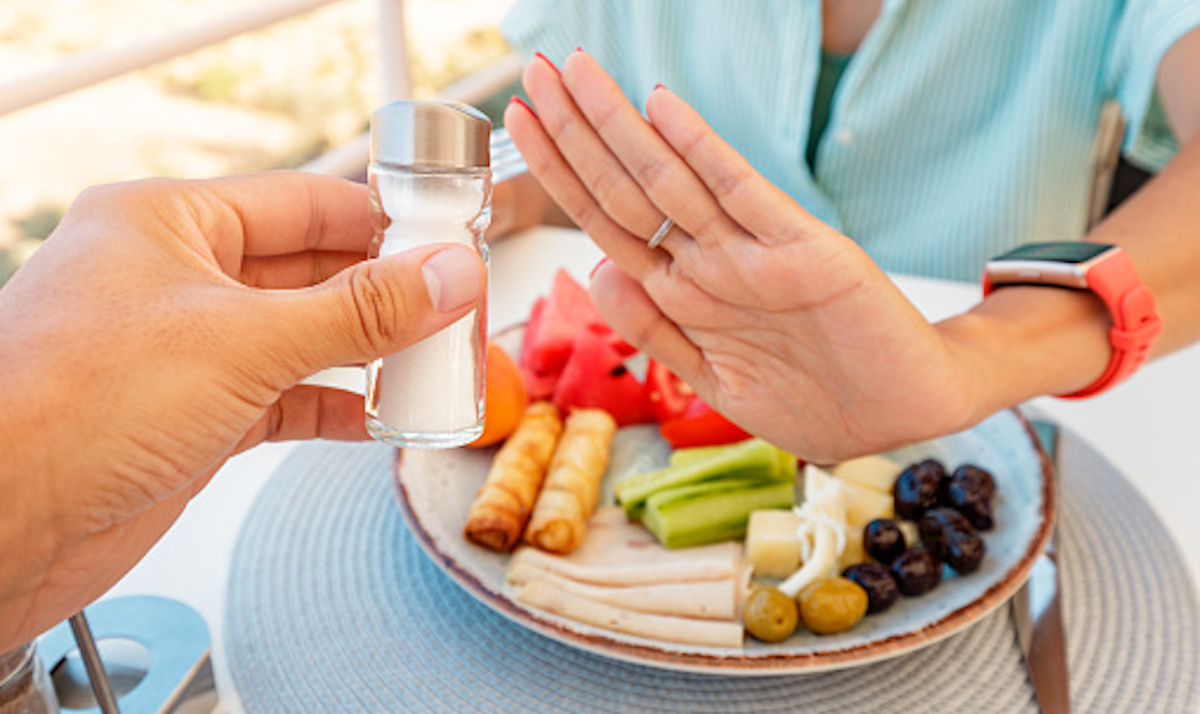Innovation the solution to Queensland CSG’s salty problem

No more. Pic: iStock/Getty Images Plus
Salt in the waste brines produced by Queensland’s coal seam gas industry is in the news again – a multi-billion-dollar problem for industry at a time when energy supply is front of mind globally.
A piece published by Guardian Australia over the weekend criticised plans by the state government to store millions of tonnes of CSG derived waste salts in lined landfill, highlighting potential risks to the Murray Darling Basin and the wildlife within it.
It followed in the footsteps of a similar editorial from ABC a year prior, expressing similar concerns over the environmental impact of waste brines and salts produced by the CSG industry.
An industry built on innovation – extracting gas by unconventional means, then liquifying and exporting – appears to be grappling with a problem which requires an innovative solution of its own.
“The long term challenges associated with concentrated brines and salts have been known by the CSG industry since the beginning. The four main CSG projects in Queensland and the corresponding CSG to LNG plants in Gladstone involved investment in the order of $80 billion during the early 2010s,” Parkway Corporate (ASX:PWN) group managing director and CEO Bahay Ozcakmak told Stockhead.
The conditions under which these massive projects were approved required companies to continuously explore the long-term management of their brine and salt wastes, with ongoing reporting requirements each year as part of their licensing obligations.
“We estimate during 2022, these companies generated $20-25 billion in export revenue while waste brines containing millions of tonnes of salt are sitting in ponds, with hundreds of thousands of tonnes of additional salts produced each year adding to the problem,” Ozcakmak said.
“The CSG operators have invested billions of dollars in water treatment and transport, which has addressed the majority of the water treatment challenges, however all of the salts remain untreated and are sitting in brine ponds. To their credit the CSG operators have spent more than $100 million exploring what they can do with the salt, findings of which have been published by APPEA in 2018 and subsequently reviewed by the University of Queensland. The consensus at the time was that there’s no alternative but to bury the salts to dispose of them.
“For all sorts of reasons that’s simply unacceptable. You can understand that the community is looking at this and saying, ‘what’s the plan here?’.”
Innovation could solve a salty problem
Given the importance of Queensland’s CSG to the economy and the global energy mix, it’s not as simple as switching off the gas in the face of public scrutiny.
An industry built on innovation is suddenly being called on to innovate, according to Ozcakmak.
“There’s a little bit of irony in that these are unconventional gas resources, that required new and innovative technology to unlock billions of dollars worth of gas,” he said.
“It’s an industry that’s been built on the adoption of new gas production technologies, and though we’re not seeing any pushback or reluctance from the sector, Parkway is trying to politely shepherd this industry towards doing the right thing.”
Parkway’s solution to the saline brine problem is a proprietary technology called iBC, which essentially takes the toxic waste brines and turns them into three industrial chemical products for use in the Queensland market – caustic soda for alumina refining, industrial grade salt, and agricultural lime for use on acidic soils in the local farming industry.
The company struck a deal with one of the region’s largest operators – Shell QGC – in April 2022, which funded a year long feasibility study into its tech.
At the company’s 2022 AGM held in November last year, Parkway announced that it had “cracked the code” for treating CSG brines, and in late December also announced that it had demonstrated the ability to scale its technology up to an industrial scale – a key component of the feasibility work.
“Shell is obviously a large company (15th-largest company in the world) with significant sustainability related investments and commitments. For commercial reasons, we are unable to provide specific details about our work with Shell, other than to say they are a great company to work with, and genuinely committed to developing a long-term solution for wastes generated by the CSG industry,” Ozcakmak said.
That support should come as little surprise given the ongoing negative press, and the requirement under Queensland’s Coal Seam Gas Water Management Policy 2012 that outcomes which lead to the beneficial use of CSG water are prioritised in its treatment.
The requirement for saline wastes such as brine or salt residues produced by the CSG industry, under the same policy document is that brine or salt residues must be treated to create usable products wherever feasible.
Ozcakmak said the Queensland state government also had a unique opportunity to provide global leadership in an area of critical importance, where Queensland has a distinct advantage.
“About 6% of the world’s LNG comes from these three major LNG projects in Queensland, so it’s a globally significant source of energy,” he said.
“The Queensland CSG industry has an opportunity to support the commercialisation of cutting-edge Australian technology, to show the world that fossil fuel projects can be operated sustainably without leaving a terrible environmental legacy.
“We are also exploring a number of projects overseas, particularly in the Middle East and North America, where our technology has the potential to improve the sustainability of similarly large oil and gas projects.
“While these projects are exciting, as a Queenslander, I’m personally committed to sorting out the mess in our own backyard, to ensure we don’t leave an unacceptable environmental legacy for future generations to contend with. That is not something I can accept, particularly given we have the technology to solve all these problems.”
Related Topics

UNLOCK INSIGHTS
Discover the untold stories of emerging ASX stocks.
Daily news and expert analysis, it's free to subscribe.
By proceeding, you confirm you understand that we handle personal information in accordance with our Privacy Policy.








